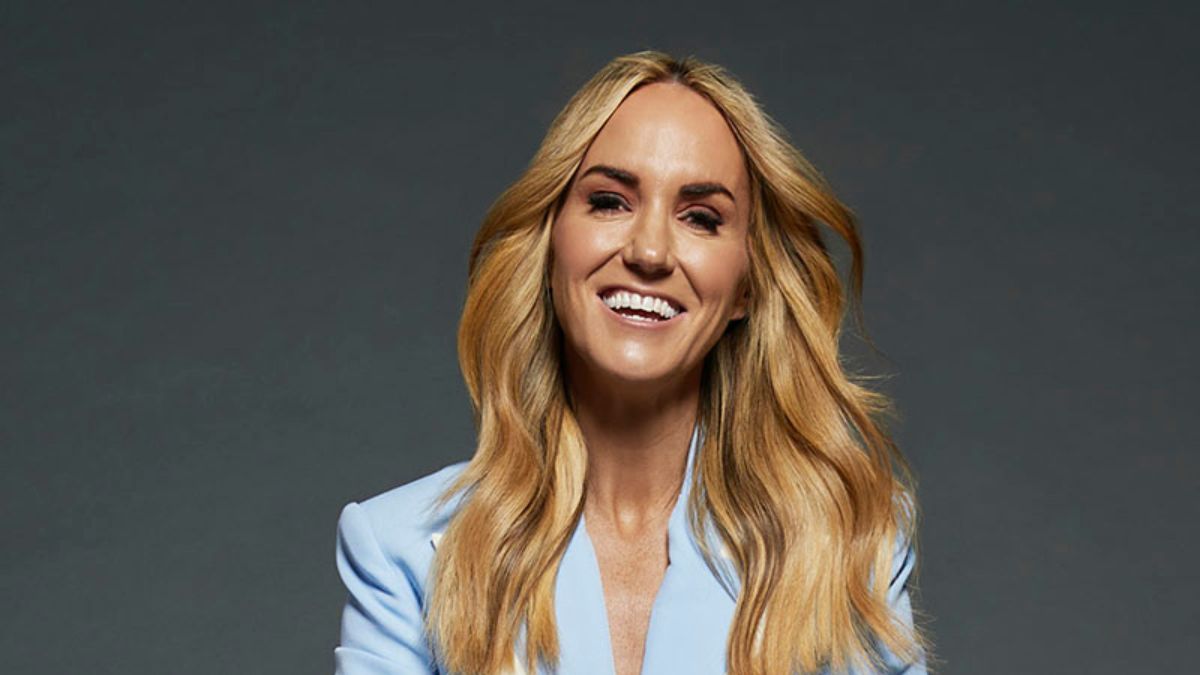Guide to Marketing with Purpose
In my years in business, I’ve met thousands of entrepreneurs. They are all driven by a powerful force, but I’ve found that this force generally comes in two flavours. There are those driven by a brilliant solution to a problem, and there are those driven by a deep-seated mission to solve an injustice.
The second group—the social entrepreneurs, the founders of purpose-led businesses—hold a special place in my heart. They are the ones who look at the world, see a crack, and dedicate their lives to filling it with light. They are driven by a "why" that is so powerful it's almost a physical presence in the room.
But here’s the tough truth: a powerful mission alone does not build a successful business. Passion doesn't pay the bills. Purpose doesn't magically find customers. A social enterprise that isn't profitable is just a charity with a deadline. To make a lasting difference, you must master the art and science of marketing. You must build a thriving business around your mission.
This very challenge was the focus of an incredible conversation I had on my podcast with Donna, the founder of a socially driven enterprise. Her dedication and drive were palpable, but so were her strategic questions—the kind that every purpose-led founder grapples with. How do I market this? How do I build a brand? Where do I even begin?
Our conversation became a deep dive into creating a marketing strategy that doesn't just sell a product, but elevates a mission.
Today, I want to expand on the framework I shared with Donna. This is my guide for any founder who wants to align their marketing with their mission and build a business that is both profitable and powerful.
Your Mission is Your Marketing - Building Brand Equity on Purpose
Before we talk about tactics like social media or ads, we need to start with the foundation: your brand. For a socially driven business, your brand is not your logo or your colour palette. Your brand is the promise you make and the trust you earn.
Your greatest marketing asset is your "why." In a crowded marketplace, where consumers have endless choices, your mission is your ultimate differentiator. People don't just buy what you do; they buy why you do it. Building brand equity means intentionally weaving your purpose into every single thing your business touches.
- Your "About Us" page should be the most compelling page on your website. It's not a corporate history; it's your manifesto. Tell the story of why you started this business. Be vulnerable. Be passionate. Let people connect with the human behind the mission.
- Your packaging is a marketing channel. Use it to tell a piece of your story. A simple line like "Every purchase supports..." can transform a transaction into an act of contribution.
- Your social media content should be 20% about your product and 80% about your mission. Show the impact you're making. Tell the stories of the people you're helping. Educate your audience about the problem you're solving.
When you lead with purpose, you're not just selling a product; you're inviting customers to become part of a movement. That is a value proposition that no competitor can easily copy.
The Customer Journey - Your Strategic Marketing Map
Marketing is not a random series of activities. It is a systematic process of guiding a potential customer from not knowing you exist to becoming a raving fan. The most effective way to do this is to map out the customer journey and ensure you have marketing activities happening at every single stage.
Stage 1: Awareness (How they discover you)
This is about getting on their radar. Your mission is your hook.
- Public Relations: Reach out to journalists and media outlets that cover social issues, not just business. Pitch them the story of your mission, not just your product.
- Content Marketing: Create valuable content that educates people about the problem you solve. This positions you as an authority and a trusted voice.
Stage 2: Consideration (How they come to trust you)
Once they know you exist, you need to build trust and show them you are the real deal.
- Transparency: Be radically transparent about your impact. If you donate a percentage of profits, show the receipts. If you create jobs, tell the stories of the people you employ.
- Testimonials & Case Studies: Showcase testimonials not just from customers who love your product, but from people who have been positively impacted by your mission.
Stage 3: Conversion (How they buy from you)
You've earned their trust. Now make it easy and compelling for them to take action.
- Clear Call to Action: Your website should clearly articulate how a purchase supports the cause. "Buy this bag and fund 10 meals for children in need." Make the connection explicit.
Stage 4: Loyalty (How you keep them)
The journey is not over after the first purchase. The goal is to create a long-term supporter.
- Impact Reporting: Follow up with your customers. Send them an email a month later saying, "Thanks to you and other customers like you, here's the impact we made together last month." This closes the loop and makes them feel like a hero in the story.
Stage 5: Advocacy (How they spread the word)
This is the holy grail. A customer who is so delighted with your product and your mission that they become a volunteer marketer for you.
Your Force Multipliers - The Power of Advocates, Ambassadors, and Advisors
This was a key part of my discussion with Donna. A founder cannot, and should not, do it all alone. You need to build an "unpaid army" of people who believe in your mission and are willing to help you succeed.
- Advocates: These are your happy customers. They are your base. Your only job here is to create a product and an experience so wonderful that they can't help but talk about it.
- Ambassadors: These are people with an existing audience and a platform who formally partner with you because their values align with your mission. As Donna and I discussed, the key to using ambassadors effectively is not just asking for a single shout-out. It's about deep partnership.
- Co-create content with them. Have them write a guest blog post or do an Instagram takeover where they tell the story of why your mission matters to them.
- Involve them in your impact. Take them to see the work you're doing on the ground. Let them experience the "why" firsthand. Their storytelling will become infinitely more powerful.
- Treat them like true partners. Keep them updated, ask for their ideas, and celebrate your shared successes.
- Advisors: These are your mentors and experienced professionals who provide strategic guidance. Every social entrepreneur needs a personal board of directors—people who can provide objective advice on finance, logistics, and strategy, freeing you up to focus on the mission.
The Channel Dilemma - Retailers or Online?
Donna asked a classic strategic question: "Should I focus on selling through retailers or directly to customers online?" The answer isn't a simple "either/or." It's a strategic sequencing of "which first, and why?"
Direct to Consumer (Online):
- Pros: You own the customer relationship completely. You get to tell your story in your own words. You keep 100% of the profit margin.
- Cons: It's a huge amount of work. You have to find and attract every single customer yourself.
Retailers (Wholesale):
- Pros: You get immediate access to their established customer base and foot traffic. It's a great way to achieve volume quickly.
- Cons: You give up a significant portion of your margin (often 50%). You lose control over how your product is displayed and how your story is told at the point of sale.
My Strategic Advice: For most purpose-led brands, the best strategy is to start online first. Build your brand, prove your concept, and cultivate a direct relationship with your core tribe of customers. Own your story. Once you have a proven track record of sales and a strong brand, you can then approach retailers from a position of strength. You can negotiate better terms and ensure they respect and properly represent your mission.
The "Right Customer" and Controlling What You Can
The final question Donna posed was a tricky one about finding the "right customer." This is where we move into the philosophy of business. You cannot control who ultimately buys your product. You cannot force someone to be the "right" kind of person who cares deeply about your mission.
So, what can you control?
- You control your messaging. You can craft your marketing to speak directly to the values and beliefs of the people you want to attract. Your messaging acts as a filter. People who resonate with it will lean in; those who don't will move on.
- You control your channels. You can choose to advertise and show up in places where your ideal customers are likely to be.
- You control your actions. You control how you show up every day, the integrity with which you run your business, and the authenticity of your story.
Focus relentlessly on the things you can control, and let go of the rest. Your job is to send a clear, powerful signal out into the world. The right people will hear it.
A Story of Dedication and Drive
Our conversation on the podcast was a powerful reminder that building a business like Donna's is a marathon, not a sprint. It requires a unique blend of strategic thinking, boundless passion, and incredible persistence. We workshopped every one of these points in the context of her real, growing enterprise.
To hear how these frameworks apply to a founder on the ground, making a real difference, is an invaluable lesson for anyone in business.
Your Mission is Your North Star
Marketing a socially driven enterprise is a unique challenge. You have to sell a product and a belief. You have to be a capitalist and a change-agent. It's not easy.
But your mission is your superpower. Build your brand on the foundation of your purpose. Guide your customers on a journey from awareness to advocacy. Surround yourself with people who share your vision. Be strategic about where you sell and what you can control.


.png)



